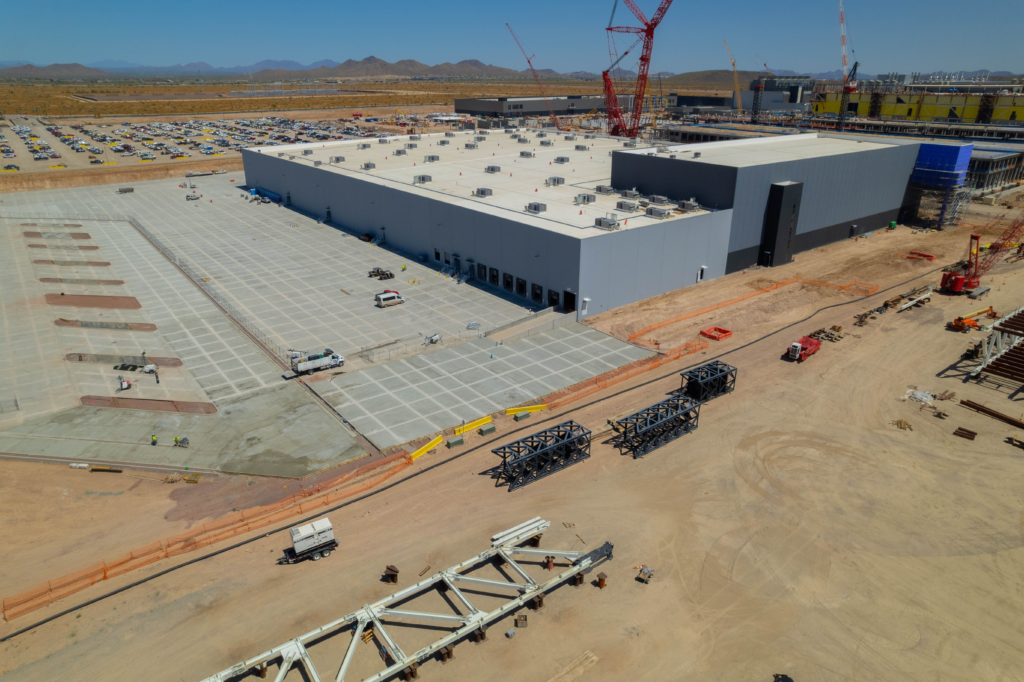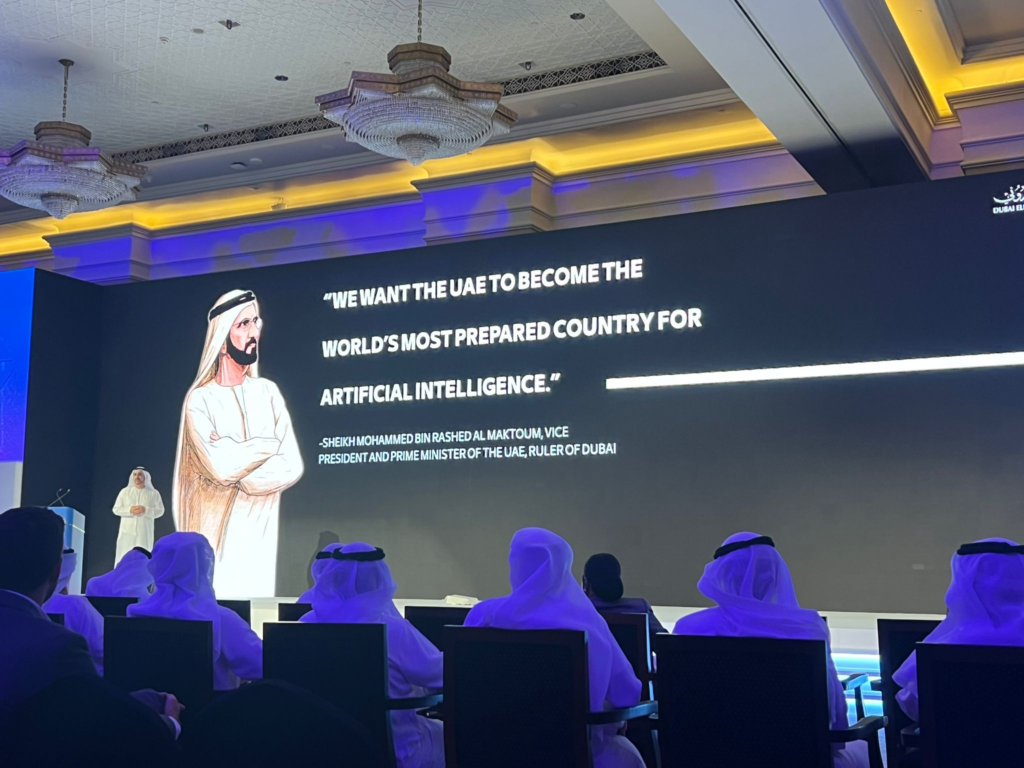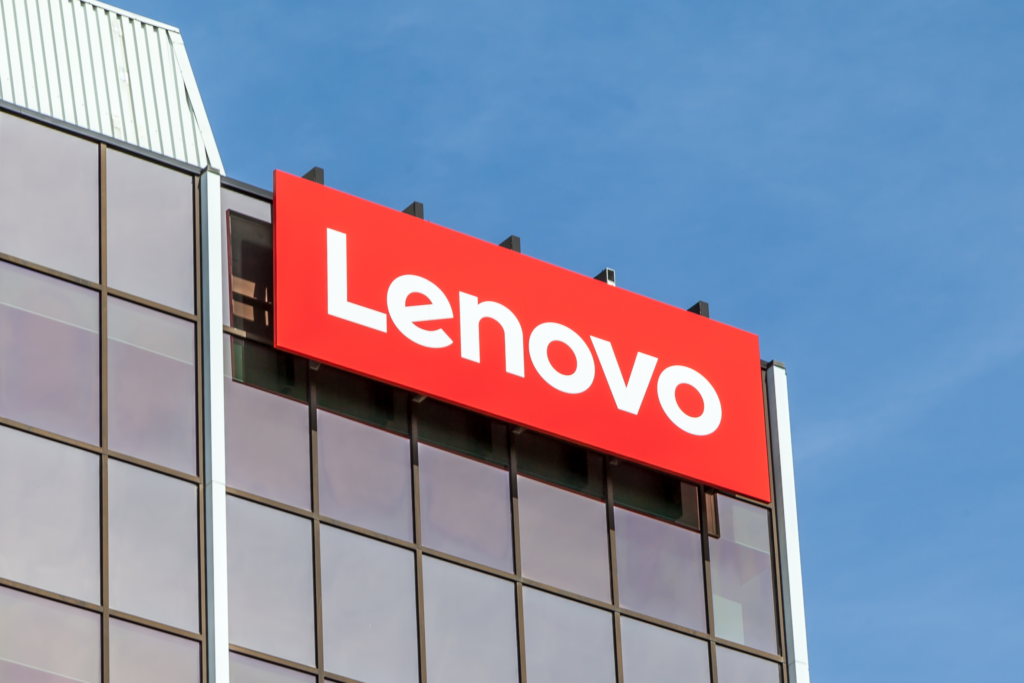AI can do much more than make individual employees more productive—with a thoughtful strategy, it can transform your industry. To turn this vision into reality, businesses need AI solutions that are not only ambitious but also practical and adaptable. That’s where Domo steps in. Domo.AI is built to meet the challenges of today’s AI landscape. While many companies focus on narrow applications or single-model solutions, our platform offers something more robust: Trustworthy AI results—without having to overhaul your entire data infrastructure. Intelligent agents that can analyze information, make choices, and take actions—with or without a human in the loop. Flexibility to choose which AI models to use—whether that’s DomoGPT or models you host with our ecosystem partners, including AWS, IBM, Databricks, and Snowflake. The result? A platform that’s both ready to support your AI strategy today and designed to scale with you as your business and your data grow. Making AI practical, personal, and powerful Let us paint a picture of secure, personalized, scalable AI. Imagine these five ways Domo.AI can make a difference in your organization: A unified and secure platform Instead of onboarding AI piecemeal across your business (and taking on more risk with every tool), you get one trustworthy platform. As AI adoption grows, teams across your company are likely already using AI, creating a governance and security challenge for IT teams. Domo.AI offers a safer method: Our framework lets you use public models, large language models, and generative AI (e.g., ChatGPT)—all within the security of our platform. Your company’s data never leaves your hands and stays firmly in your control. 2. Scalable AI embedded in your business AI is responsibly embedded into your business—and the capabilities grow alongside you. Many companies today remain in reaction mode, adding new AI tools as soon as new use cases emerge—one for ad imagery production, another for data cleaning, and yet another for inventory management. But these surface-level integrations can’t scale as your organization grows. An integrated approach, however, will. The Domo.AI experience unites teams around the common stories emerging from your data. Our flexible framework allows you to add new, suitable tools and models as needed while keeping your data centralized and secure in the Domo platform. With Domo.AI, your AI strategy doesn’t just keep up with your growth—it drives it. 3. Tools for every skill level Both data experts and novices can use the same AI tools—with capabilities that match their skill sets. Domo.AI is advanced enough for data architects and analysts yet approachable enough for those without the same technical fluency. The Domo platform is designed to engage people (especially those without data science backgrounds), helping them learn and progress in making data-driven decisions. 4. Conversational AI for everyone Your people can talk to AI as they would a colleague—in everyday language, not code. With Domo.AI, code and complex prompts aren’t needed anymore to get value from AI. In Domo, you can ask a simple question of your data, and AI Chat deliver insights and answers in real time. Personalized support is right at your fingertips, 24/7. All you have to do is ask. 5. AI as your workday companion With Domo, AI becomes your intelligent workday companion—not an expensive investment that doesn’t drive value. As Chris Willis, chief design officer at Domo, put it, “The time has come to put AI to work—not as a novelty, but as an invaluable assistant augmenting capabilities for everyone in your enterprise.” With Domo.AI, our vision is to give you the tools you need to create AI-powered operations that make work life easier. By handling repetitive tasks, we free up your people to focus on the strategic work that requires their skills. What’s next for Domo.AI Our journey with AI and with you doesn’t stop here. As we look ahead to 2025, our team is doubling down on the mission to deliver personalized, secure, and scalable AI experiences to our customers. With agentic workflows that simplify operations and drive value, we’re creating a platform that empowers businesses to thrive—and we can’t wait to see what you build. To learn more, view our webinar, “Transforming Industries Through Automation and Intelligence.” source










